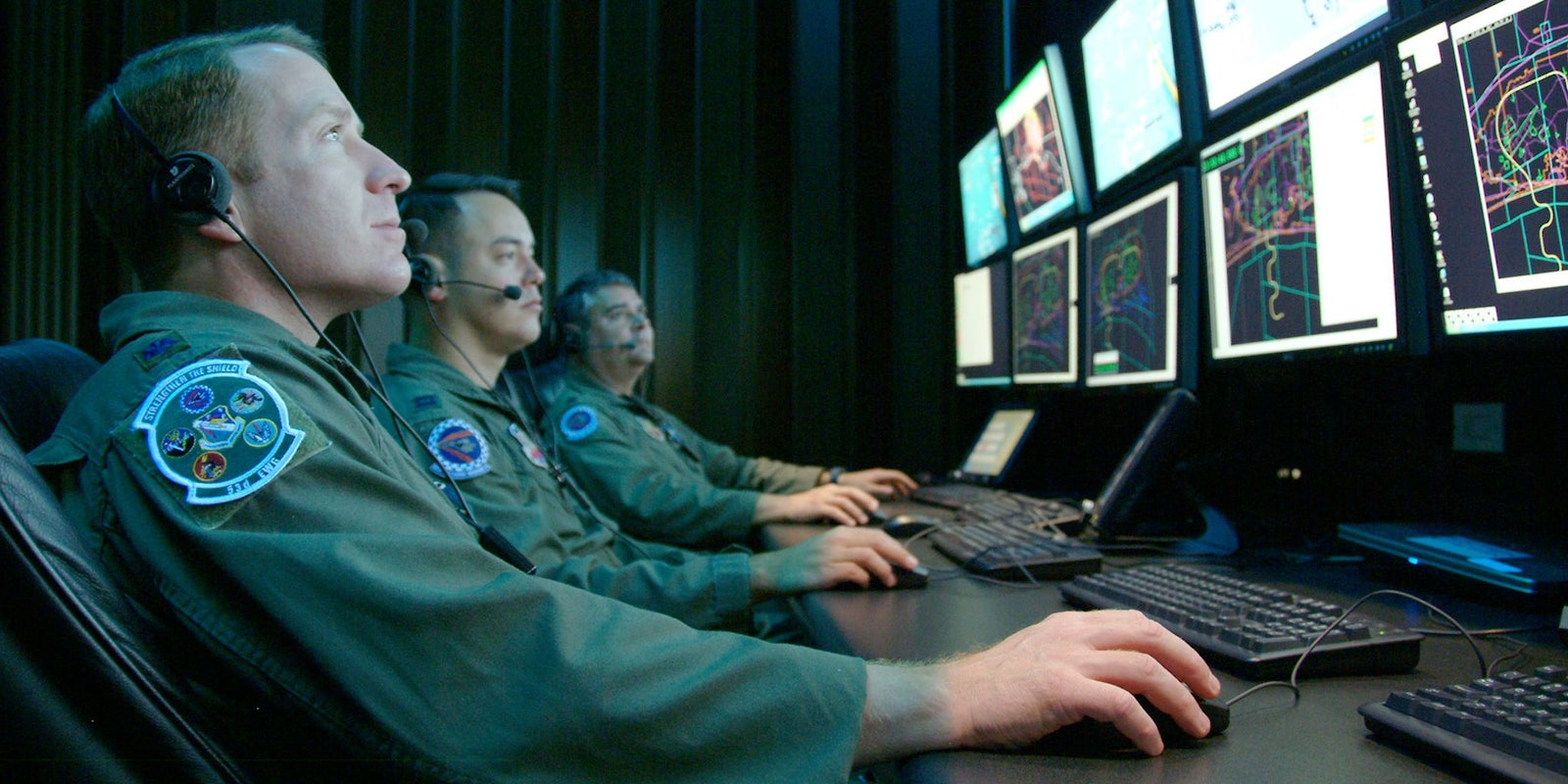Less than one year after the largest cyberattack in U.S. government history, the Pentagon wants more money to fight in cyberspace.
As part of the 2017 National Defense Authorization Act, the U.S. Department of Defense is requesting $12 million in federal funding to expand the Maryland National Guard’s cyberwar fighting capabilities.
The request comes as the Pentagon directs cyber units to defend government systems from attack.
“So really what the focus of these teams will be is to protect the Department of Defense information network,” Col. Tim Thombleson explained last year. “These teams in essence can work with a lot of data if somebody is trying to cause harm to our information network.”
National Guard cyber units also defend civilian networks, including the governor of the states they are in.
The requested funding asks for $4 million for building a headquarters for the 175th Network Warfare Squadron in Fort Meade, Maryland, which would make them neighbors with the National Security Agency’s headquarters. Another $8 million may go to an Intelligence, Surveillance, and Reconnaissance (ISR) facility at Martin State Airport outside of Baltimore that would support another Network Warfare Squadron.
The two facilities have been on the Pentagon’s wishlist for years now, backed by Maryland politicians and military brass who have repeatedly said since at least 2014 that the expanded cyberwar capabilities would become essential in the near future.
The $8 million ISR facility was rejected in 2013 due to concern that Cyber Command hadn’t set up adequate support for units in the National Guard.
In the three years since, the National Guard’s cyberwar capabilities have expanded significantly, and the military branch has plans to grow them even further. By 2019, the National Guard expects to launch 13 new cyber units around the country for a total of 30 teams in the Guard and 133 such teams throughout the Defense Department.
The National Guard has had mixed results standing up its cyber force. The forces have attracted employees from major private tech firms who keep their day jobs and serve on the weekends. The Guard has been short on training, however, with dozens of vacancies in key leadership roles that slow teams’ growth and actions.
Approval of the National Guard’s cyber capabilities may face pushback from lawmakers. Congress rejected an identical funding request in 2013 because “the budget request does not fully support the scope of the military construction project.” While it is not clear if opinions have shifted on Capitol Hill, the Obama administration has made cyber issues a priority. The White House proposed in February a $19 billion plan to bolster private-sector cybersecurity.
The Pentagon did not immediately respond to a request for comment.
What has changed, of course, is that the U.S. military, government, and public are more focused on cyberwar than ever before. It took the 2015 breach of the Office of Personnel Management—a record-breaking cyberattack, allegedly perpetrated by China, that exposed the personal records of some 22 million past and current federal employees and 5.6 million employees’ fingerprints—and a growing cyberspace rivalries with China, Russia, Iran, and dozens of other nations to spark that interest.
